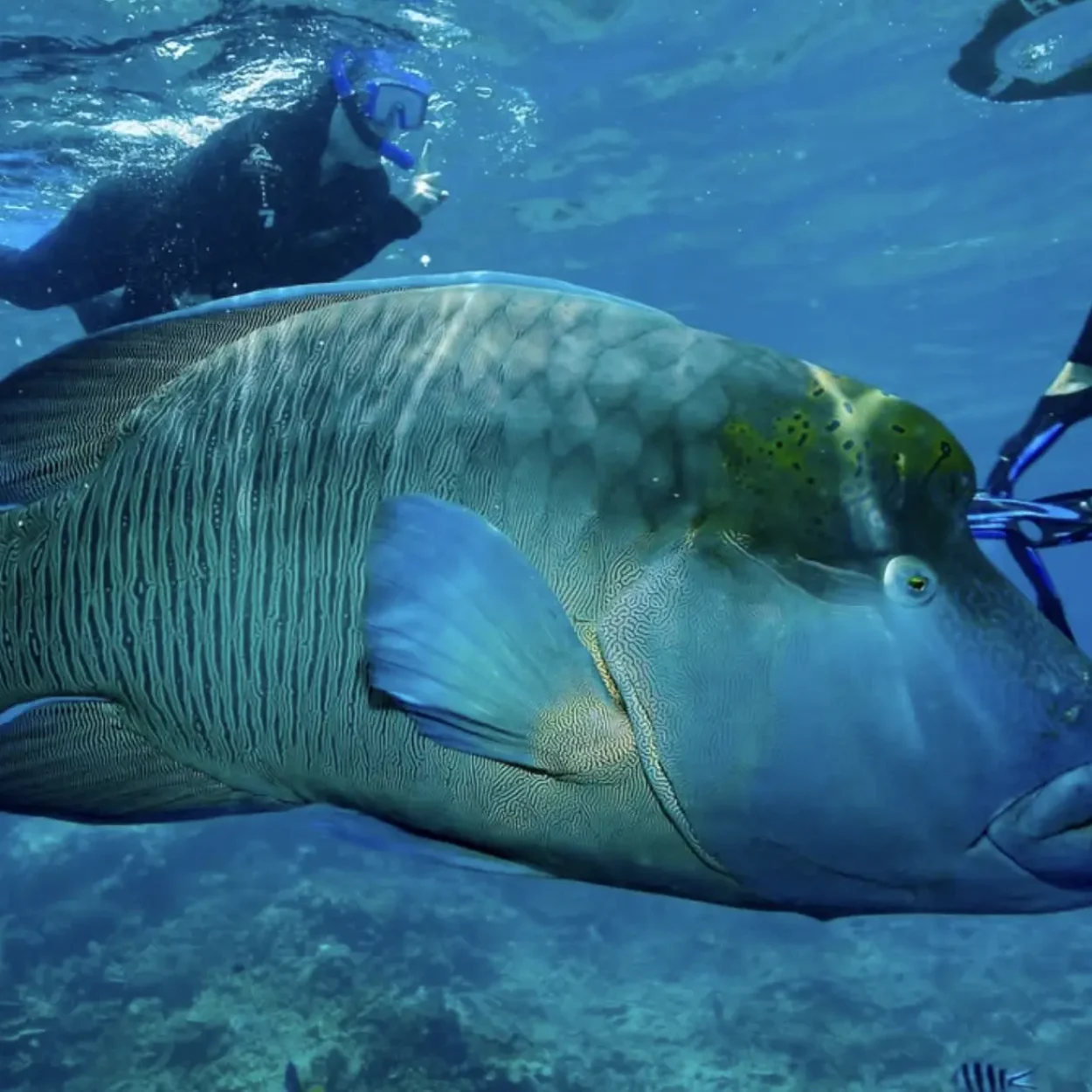So, you’re wondering: Is the Great Barrier Reef a 7th Wonder of the World? Fair question. It’s massive, colourful, packed with marine life, and the kind of place that makes you forget your emails exist. But here’s the thing — when it comes to official “7 Wonders” lists, the answer gets a bit murky. Let’s dive in (literally and figuratively).
The Great Barrier Reef has earned a spot on several lists of the Seven Natural Wonders, and honestly, it’s not hard to see why. We’re talking about the world’s largest coral reef system, made up of nearly 3,000 individual reefs, bursting with marine life, and stretching longer than Italy. It’s one of Australia’s biggest tourist attractions, celebrated for its natural beauty and its role as a world-class tourist destination.
Let’s dive in, mate.
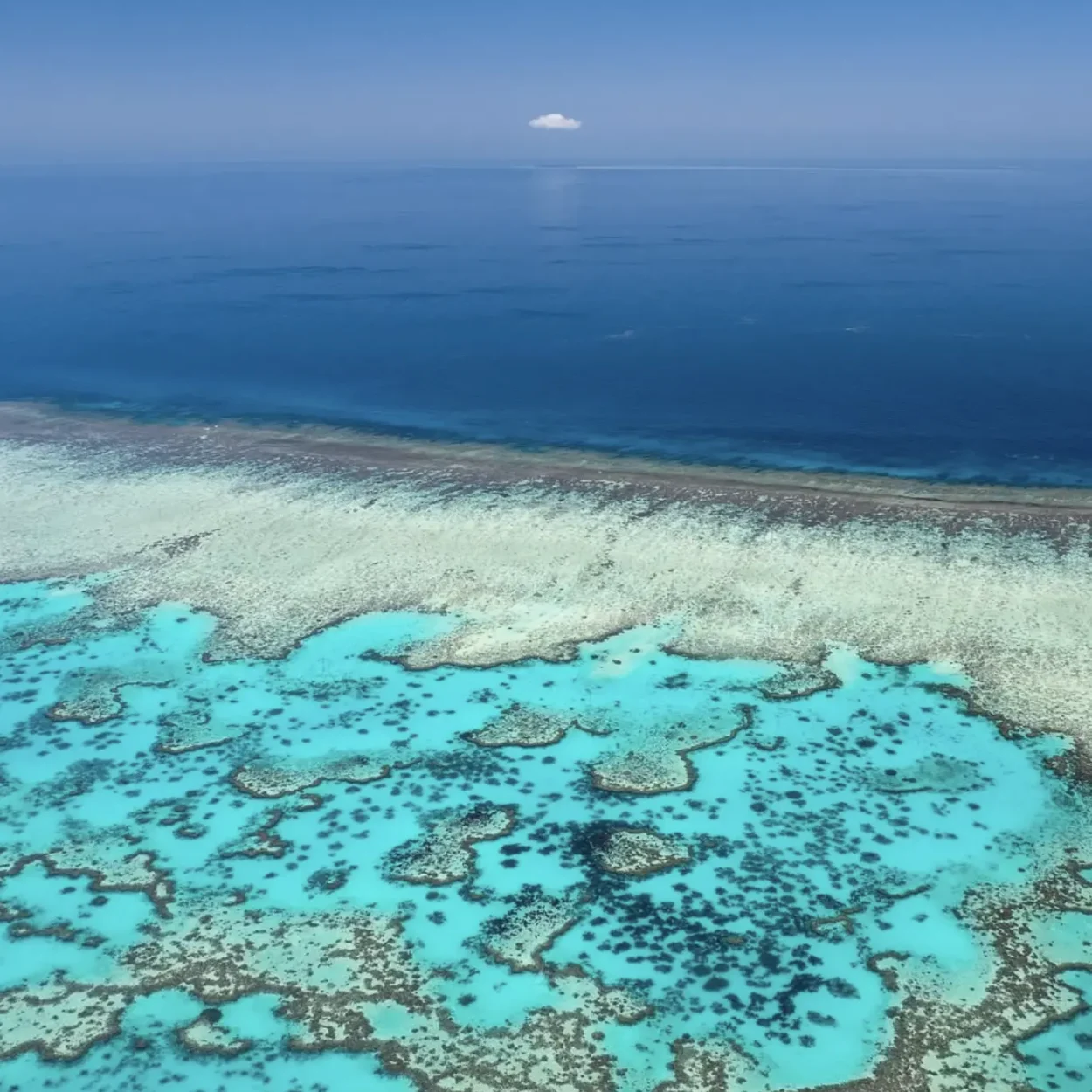
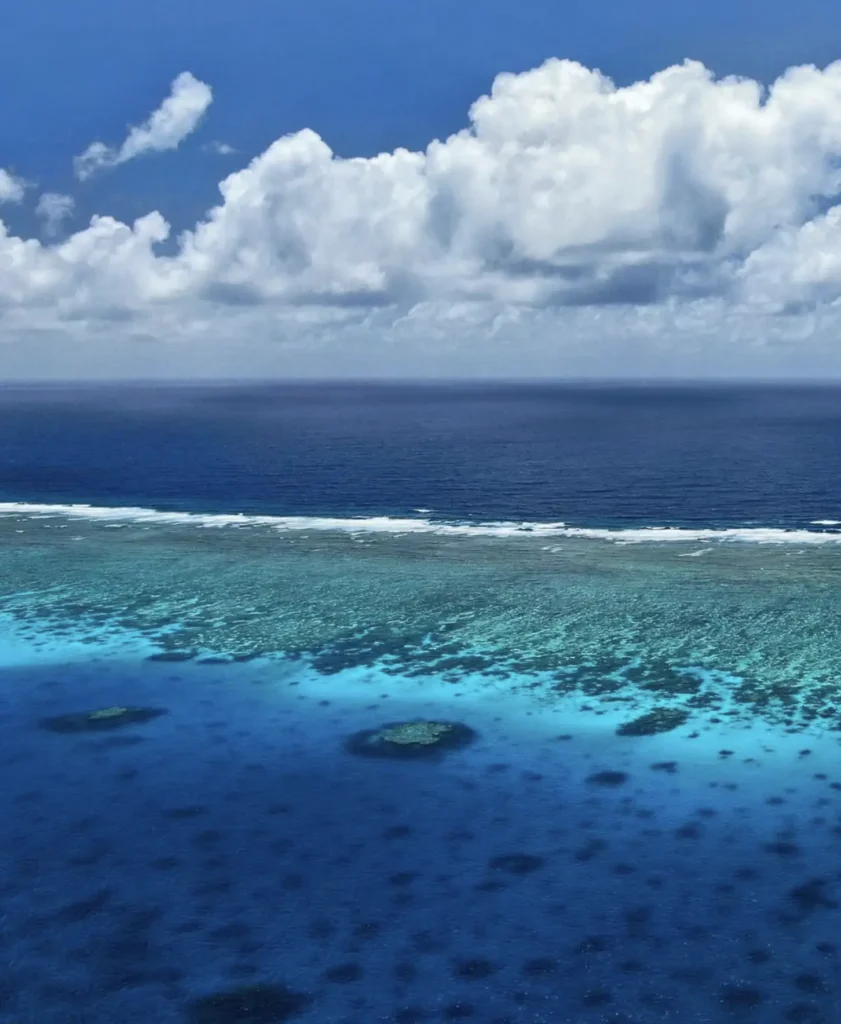
The “New 7 Wonders of the World” include:
In 2007, a global poll led by the New7Wonders Foundation tried to modernise the concept. But again, the Great Barrier Reef didn’t crack the final list, because it focused on human-made landmarks.
The “Seven Wonders of the Ancient World” was a list knocked together by the Greeks, featuring a bunch of architectural feats like:
- The Great Pyramid of Giza (Egypt)
- The Hanging Gardens of Babylon (Iraq, allegedly)
- The Statue of Zeus at Olympia (Greece)
- The Temple of Artemis (Turkey)
- The Mausoleum at Halicarnassus (Turkey)
- The Colossus of Rhodes (Greece)
- The Lighthouse of Alexandria (Egypt)
Not one reef among ‘em. And here’s the kicker — only the Pyramid of Giza is still standing.
Australia’s Crown Jewel
I’ve been lucky enough to drift over coral gardens, dodge reef sharks (harmless, promise), and float beside green turtles out near Fitzroy Island. And every time, I’m floored. The Great Barrier Reef isn’t just big — it’s the biggest living structure on Earth. Visible from space. Bigger than Italy. Home to more marine species than most countries have people. It’s not a monument built by ancient hands. It’s a masterpiece sculpted by millennia of evolution.
The reef is a hotbed of marine life, hosting species of fish, soft corals, marine mammals, and everything in between. This natural beauty stretches across individual reefs and cay islands, supporting biodiversity for generations. It’s a delicate ecosystem, and while it dazzles tourists as a top-tier tourist destination, it also demands care for the sake of future generations.
Here’s a local truth: in Australia, we don’t need a marketing campaign to know the reef is world-class. It’s in our backyard, and we treat it with the same mix of pride, responsibility, and the occasional “bloody hell, look at that!”
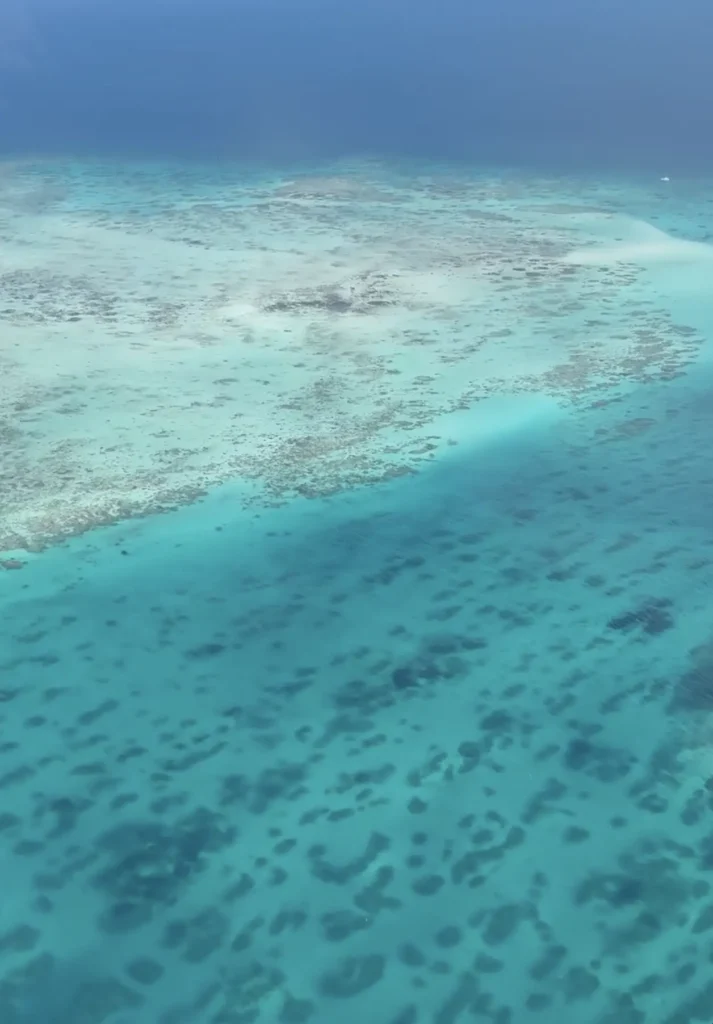
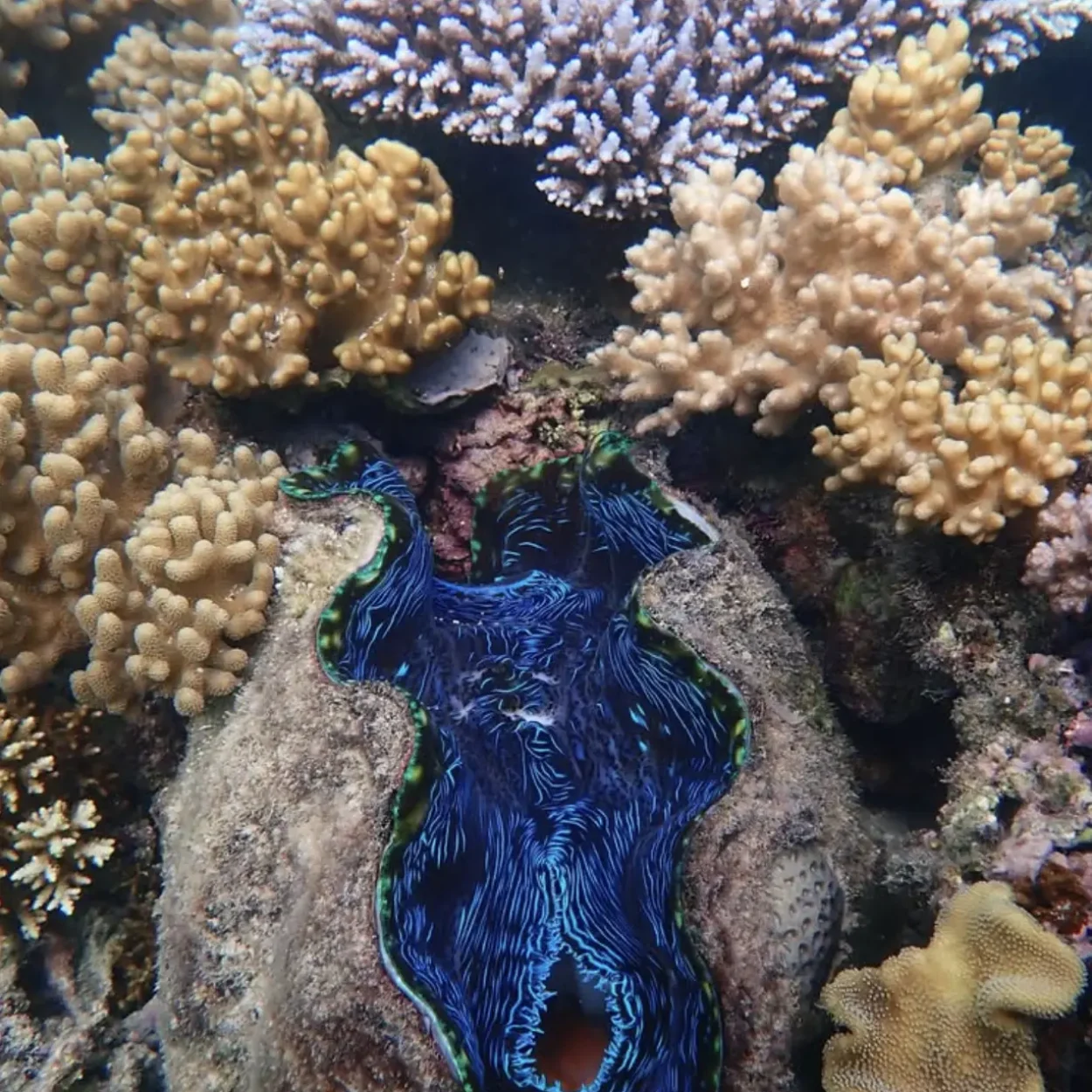
Nature’s Best on Display
CNN’s “Seven Natural Wonders of the World”
In 1997, CNN included the reef alongside:
- The Grand Canyon
- The Northern Lights
- Mount Everest
- Parícutin Volcano
- Victoria Falls
- Rio’s Harbour
Now that’s good company. It’s a bit flashier than ancient ruins, if you ask me.
New 7 Wonders of Nature (2007-2011)
The New7Wonders Foundation ran a global poll and shortlisted the Great Barrier Reef. It didn’t make the final cut — but that’s a popularity contest, not a science brief.
Still, the reef is regularly included in:
- BBC Earth’s Natural Wonders
- World Heritage Wonders Lists
- And practically every diver’s Barrier Reef Travel Guide
Whether or not it wears an official “7 Wonders” crown, its global significance is undisputed.
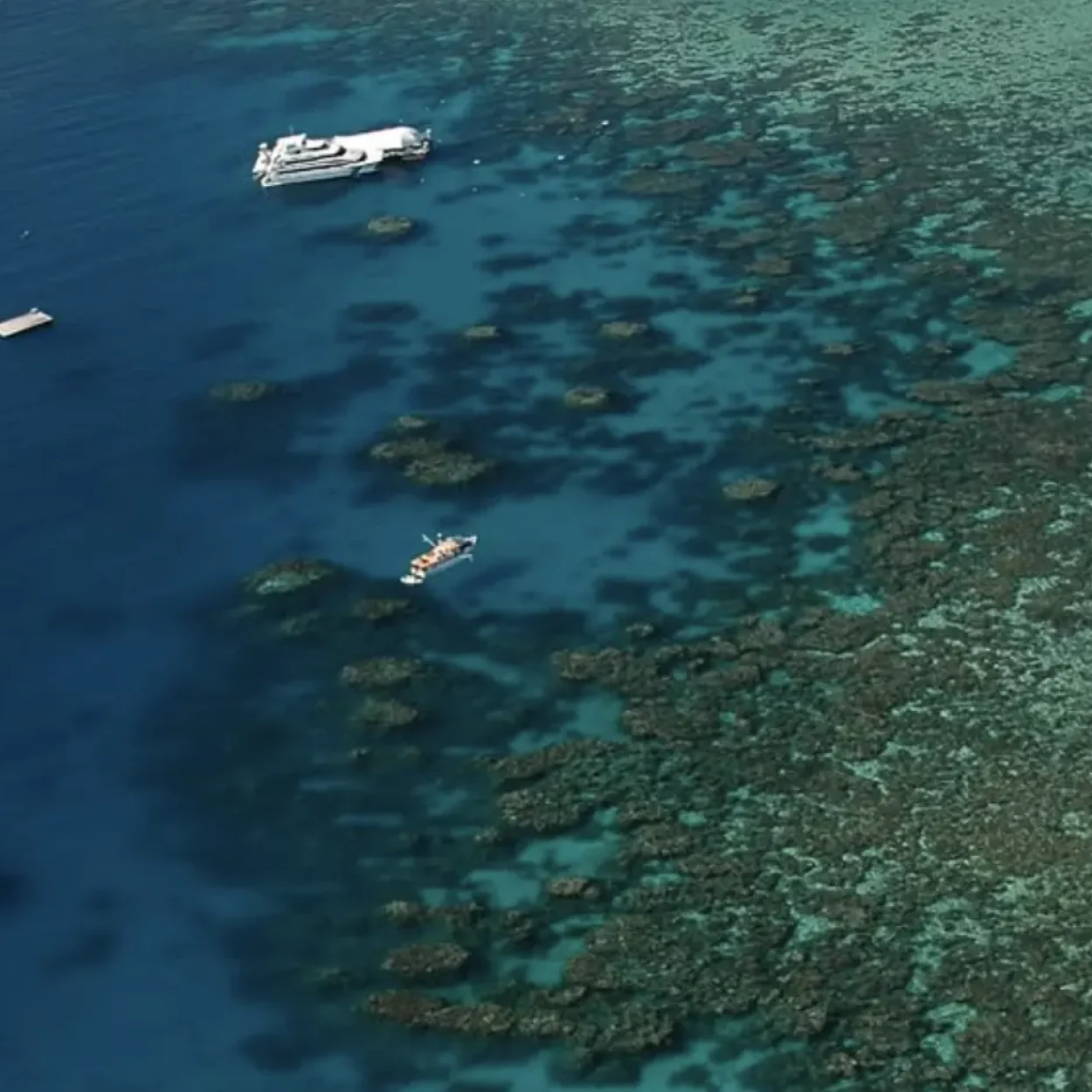
A UNESCO World Heritage Site Since 1981
Let’s talk credibility. The Great Barrier Reef didn’t just charm a few travel bloggers — it’s been a UNESCO World Heritage Site since 1981.
Why? Three big reasons:
- Exceptional natural beauty
- Biological diversity
- Ongoing ecological and geological processes like the formation of Crescentic reefs and phases of reef development
UNESCO calls it “one of the most spectacular ecosystems on Earth.” That’s global recognition from the biggest heritage body on the planet. Pretty good for something made by polyps.
With that title comes responsibility. Climate change, coral bleaching, black band disease, and the detrimental impacts from agricultural and commercial activity are serious threats. Agencies such as the Barrier Reef Marine Park Authority, CRC Reef Research Centre, and the Department of the Environment and Energy are addressing issues from bleaching events to chemical management practices.
We’ve got education programs, community initiatives, and the Reef 2050 plan all working together to safeguard this delicate ecosystem for future generations.
What Makes the Great Barrier Reef So, Well, Great?
Here’s what makes this marine megastar so special:
- Size: Over 2,300 kilometres long. That’s Cairns to Bundaberg, and then some.
- Coral diversity: Around 400 types of coral, including crescentic reefs and shallow water reefs. From soft, fleshy fans to massive boulder corals the size of utes.
- Marine life: Green Sea Turtle, manta rays, dugongs, reef sharks, clownfish, and countless fish species.
- Habitats: From tropical waters and crystal-clear lagoons to deeper reef structures
- Ecosystem services: The reef supports tourism, boat tours, daily boat trips, fishing, coastal protection, oxygen production, and even economic activity in towns like Lady Elliot Island and Fraser Island.
Don’t forget the research powerhouses like the CRC Reef Research Centre and Queensland Museum. They contribute to the Barrier Reef Outlook Report and monitor impacts on reef ecosystems.
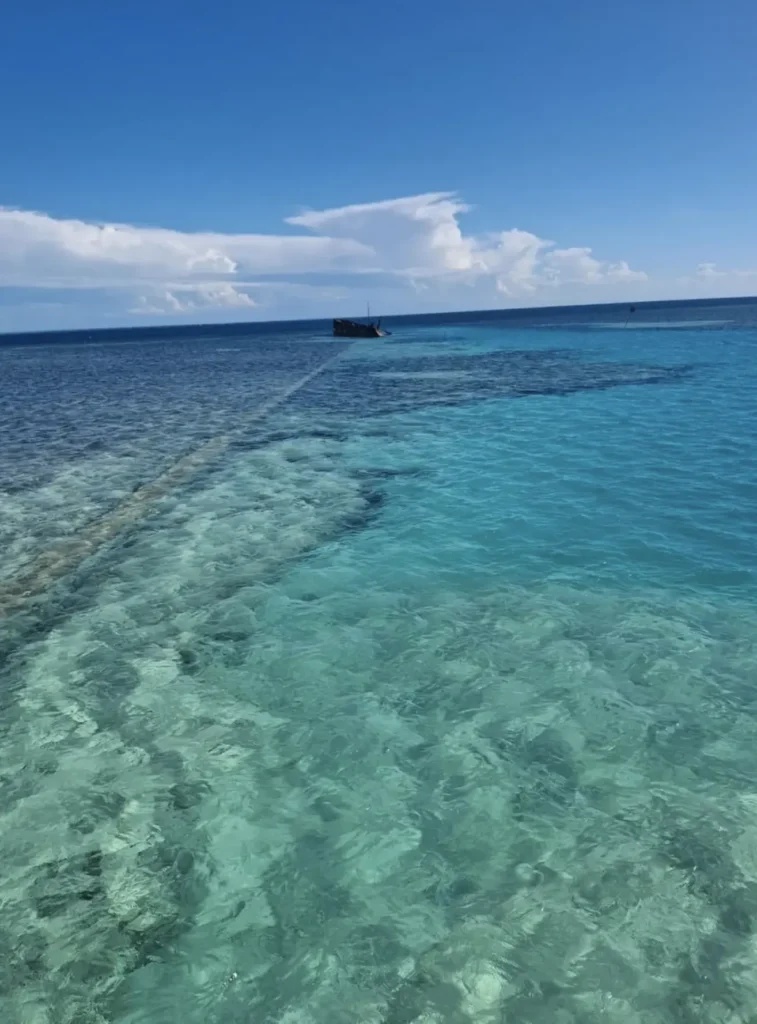
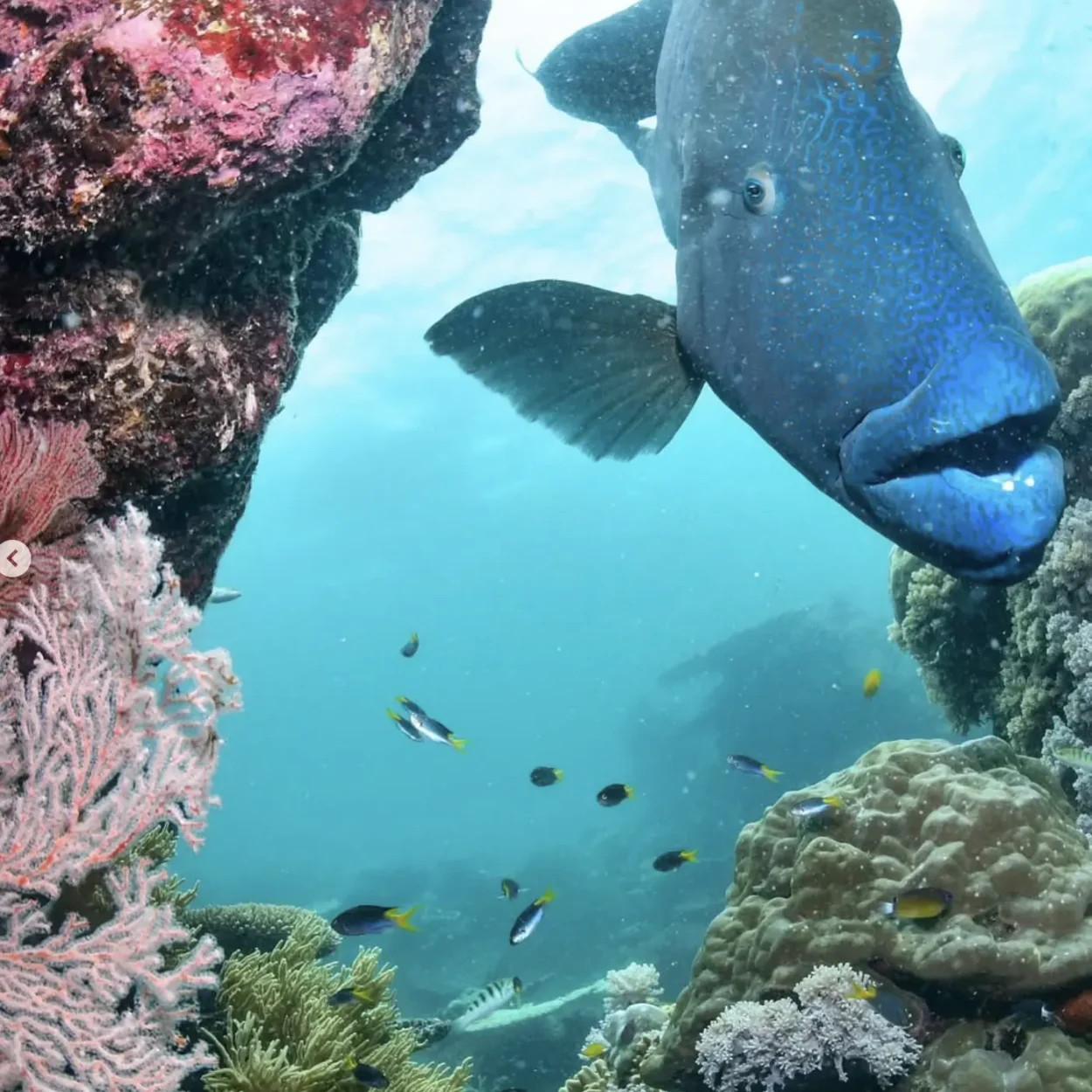
Quickfire Reef Facts
- It’s over 344,000 square kilometres in size
- Made up of 2,900+ individual reefs and 900+ islands
- Home to six of the world’s seven marine turtle species, including the green turtle
- First World Heritage-listed in 1981
- Hosts more than 1,500 species of fish and countless types of coral
- Supports over 30 species of whales and dolphins
- Estimated to be over 20 million years old in parts
- You can spot the reef from outer space (yep, astronauts say so)
- Contains regions like Arlington Reef and Elliot Island
- Featured in publications like the Flora of the Great Barrier Reef World Heritage Area
So — Should It Be a Wonder?
Look, mate. You can argue till the cows come home (or the tide rolls in) about what qualifies as a “wonder.” But if a massive living reef visible from space, home to iconic marine life, shaping education programs and community initiatives, and inspiring generations of travellers, isn’t a wonder — what is?
The Great Barrier Reef might not be one of the original wonders, but it’s certainly one for the biodiversity for generations to come.
